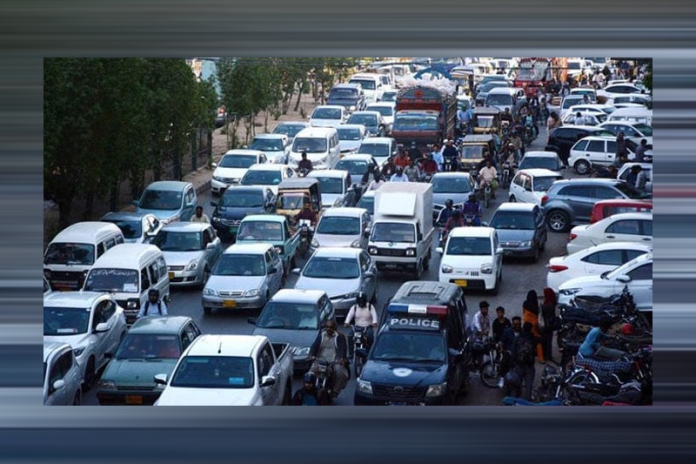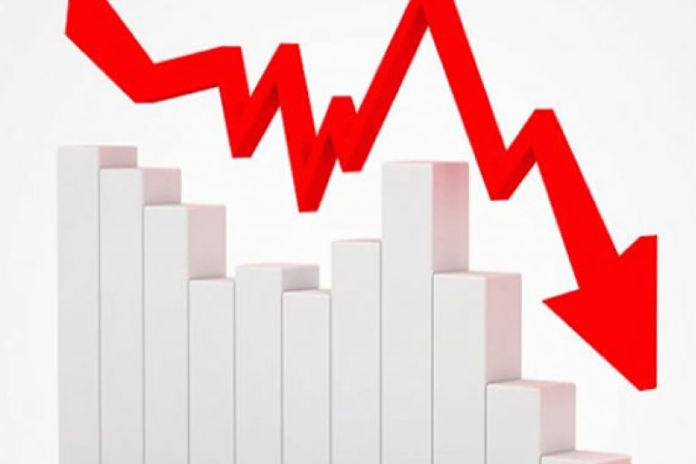High food prices adding to masses' woes

- 198
- 0
A recent survey during the first ashra of the ongong holy month of Ramazan shows that poverty has risen to unprecedented level in the country. There has been alarming number of people availing the facilities of various Dasterkhwan (food distribution at Sehri and Iftar) in the country as compared to recent years. And mostly importanly increasing number of middle class people are also availing this facility in the wake of unprecedented increase in food prices and the shrinking power of the people to purchase food. There is no stability in essential food prices and the common man is running from pillar to post to make both ends meet. In another survey, 99% of the people expressed difficulty in purchasing daily goods and 96% of the people did not have the ability to save and invest to meet their financial needs in the future. A great number of educated youth can also been at these Dasterkhwan quoting joblessness and high food prices to be the reason. They survey findings hold water as the last year World Bank report had also revealed the high poverty graph in the country, saying more than 40 percent of the population living below the poverty line and most painfully, there has been a constant increase in the number of poverty graph in the country. Unemployment is another major economic challenge, with a large number of educated youth unable to find jobs. To be very specific, unemployment at times of double digit inflation is something that proves detrimental to people from working class strata of the society. Yes, the latest statistics on the genie of unemployment are really disappointing and points to rather difficult times for the masses in the post pandemic situation when food prices have escalated beyond imagination, rupee has lost its worth and inflation is at its peak. What is more painful is that the unemployment rate among degree-holders is almost three times higher than the other overall unemployed workforce. This is attributed to the mismatch between the education being imparted and the need of the economy to sufficiently absorb fresh graduates. But the question is what the government is doing to address this drawback of our education system.
Last year, the total loss of our national institutions exceeded 500 billion rupees. Pakistan Railways, National Highway Authority, Pakistan International Airline, Pakistan Steel Mill and power generating companies are the top among these institutions suffering from losses of billions of rupees. And this situation is resulting in more poverty and unemployment in the country.
The irony is that the government claims to be empowering the poor by provide financing opportunities through banks to the low-income segments of society. But such claims do not hold water in the wake of increasing unemployment of educated youth and with the government inability to provide them with jobs to make them stand on their own feet. Providing a financing is one thing and making the youth standing their feet is totally another. A research organization report says that 95 percent of Pakistanis are afraid of unemployment due to the country's conditions, only 5 percent are confident of being jobless. In 2023, 82 percent of people expressed disappointment regarding unemployment. Unprecedented inflation and unemployment continue to be the top concerns of the Pakistani people, but rising electricity and oil prices have also raised their concerns. Increase in poverty, load-shedding of electricity, interference of state institutions in each other's work, nepotism, bribery, additional burden of taxes, devaluation of rupee and non-supply of water were also identified as important issues by the citizens.
The International Labor Organization (ILO) has also projected the number of unemployed people in Pakistan to reach 56 lakh this year, with an increase of 1.5 lakh after 2021.
These figures should be eye-opening for the ruling elite. At present, the real situation is that the industrial establishments are declining, many non-governmental organizations are firing their employees. In a country where more than one-third of the population lives below the poverty line, extraordinary measures are needed to solve the problem of unemployment. Due to the unprecedented economic crisis marked by declining production of export industries, increasing dependence on imports and worsening trade deficit, the number of unemployed people in the country is increasing manifold, due to which the majority of the people are expressing pessimism about the prospects of future improvement. In fact, the continuous depreciation of the rupee against the dollar, external debt, decrease in production of agricultural commodities, continuous increase in taxes, increasing amount of utility bills and many other factors have caused extraordinary negative effects on the economic condition of the country. And the business and industrial establishments are constantly making noise that their condition is constantly deteriorating.
A number of industries are on the verge of collapse while businesses are close to closing down due to the ever-increasing inflation. The worst affected are day laborers who are unable to find employment. Famines are coming in their houses. A recent report by the UN, which has placed Pakistan among the lower middle class economies, has revealed that it will be seemingly difficult to seek a well-paid employment opportunities in the new year as compared to last year. Since Pakistan is on the floods plain so it will remain exposed to high risk of natural disasters and the economic meltdown is going to persist, with job opportunities to be difficult task not only at home but also abroad as the world economy is also in recession. Till now no mega plan is in sight to work on increasing employment opportunities for the degree holders.
The irony is that govt does not have an exact number of educated youths as no research was being done at the government level.
According to the government's annual plan, Pakistan has the 9th largest labour force in the world which is increasing with the passage of time. But these claims stand in stark contrast with the ground realities. This adverse economic situation has resulted in decline of employment opportunities due to halt in various business activities, decline in export and cut in production due to supply chain disruption. All these factors also resulted in increase in une The unplanned population is also a major factor for unemployment. As a matter of fact, our resources are shrinking in the wake of unplanned population increase as there is a huge gap between the supply ad demand chain.
Published in The Daily National Courier, March, 23 2024
Like Business on Facebook, follow @DailyNCourier on Twitter to stay informed and join in the conversation.

















































